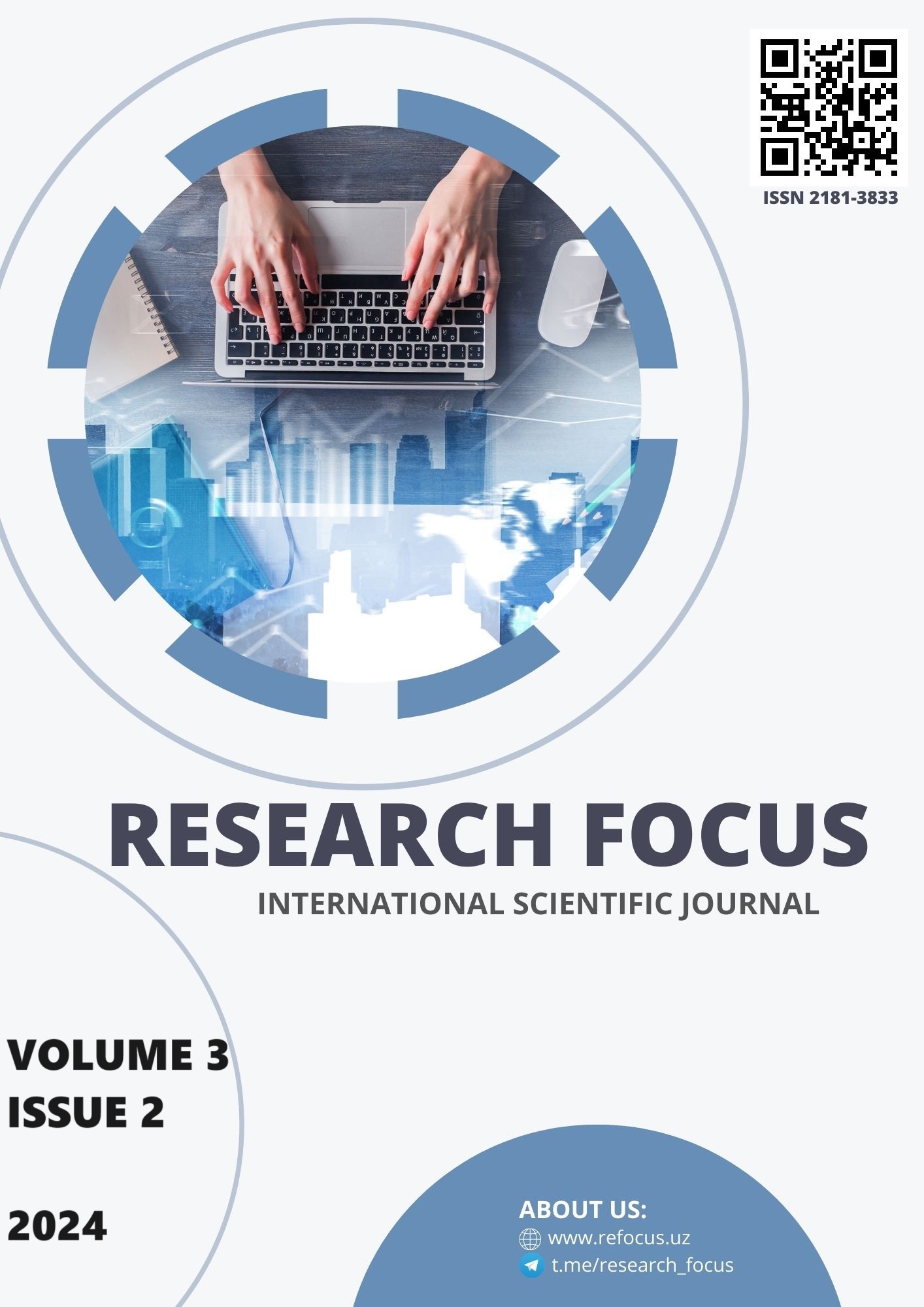METHODOLOGY FOR TEACHING UNITS OF MASS AND VOLUME IN PRIMARY CLASSES
Main Article Content
Abstract
This study explores an innovative methodology for teaching units of mass and volume in primary classes. The research aims to enhance young learners' comprehension through a structured approach that combines interactive lectures, practical demonstrations, and group activities. Customized educational materials and pre/post-assessment tests were utilized to measure the effectiveness of the methodology. Results indicate significant improvements, providing valuable insights for educators. The discussion interprets findings within pedagogical theories, addressing methodology strengths and limitations. This research contributes to primary education by offering a systematic approach to improve understanding of mass and volume concepts.
Article Details

This work is licensed under a Creative Commons Attribution 4.0 International License.
References
Anderson, J. R., Reder, L. M., & Simon, H. A. (1996). Situated learning and education. Educational Researcher, 25(4), 5-11.
Ausubel, D. P. (1968). Educational psychology: A cognitive view. Holt, Rinehart and Winston.
Bandura, A. (1986). Social foundations of thought and action: A social cognitive theory. Prentice-Hall.
Piaget, J. (1970). Piaget's theory. In P. H. Mussen (Ed.), Carmichael's manual of child psychology (Vol. 1, pp. 703-732). Wiley.
Vygotsky, L. S. (1978). Mind in society: The development of higher psychological processes. Harvard University Press.
Harlen, W., & Qualter, A. (2009). The teaching of science in primary schools (5th ed.). Routledge.
National Council of Teachers of Mathematics. (2000). Principles and standards for school mathematics. Reston, VA: NCTM.
Shulman, L. S. (1986). Those who understand: Knowledge growth in teaching. Educational researcher, 15(2), 4-14.
Trowbridge, L. W., & Bybee, R. W. (1996). Teaching secondary school science: Strategies for developing scientific literacy. Prentice Hall.
Wiggins, G., & McTighe, J. (2005). Understanding by design. ASCD.

